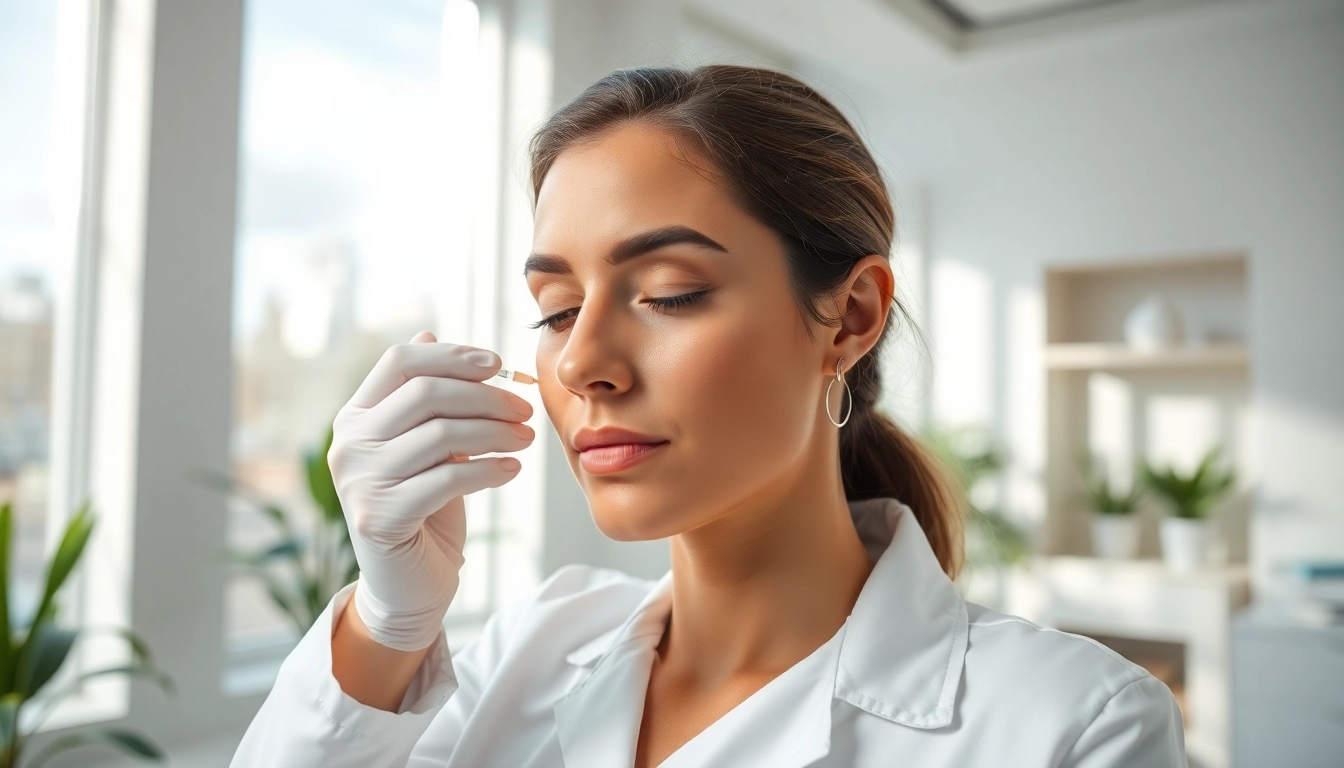
Everything You Need to Know About Botox Injections: Benefits, Process, and Recovery
Understanding Botox Injections
What Are Botox Injections?
Botox injections are a non-surgical treatment that involves injecting a purified form of botulinum toxin into specific muscles. This neurotoxic protein is produced by the bacterium Clostridium botulinum and works by blocking nerve signals to the muscle, effectively preventing movement in the treated area. While many know Botox for its cosmetic applications—primarily in reducing the appearance of facial wrinkles—it also has several medical uses, making it a versatile treatment option for various conditions.
How Botox Injections Work
The mechanism behind botox injections is relatively straightforward. When injected into a muscle, Botox prevents the release of the neurotransmitter acetylcholine, which is essential for muscle contraction. As a result, the treated muscles become temporarily relaxed. The effects can last anywhere from three to twelve months, depending on individual factors such as metabolism, the area treated, and the amount of Botox used.
Common Uses of Botox Injections
Beyond its cosmetic appeal, Botox injections are employed for a variety of medical conditions. Common uses include:
- Treatment of Wrinkles: Reducing the appearance of forehead lines, crow’s feet, and frown lines.
- Chronic Migraines: Many patients find relief from consistent headaches, with studies indicating a significant reduction in migraine days.
- Hyperhidrosis: Treating excessive sweating by blocking the nerves responsible for sweating.
- Bladder Dysfunction: Offering relief to patients with overactive bladder symptoms.
- Muscle Spasms: Managing conditions like cervical dystonia that cause involuntary muscle contractions.
Benefits of Botox Injections
Aesthetic Improvements from Botox Injections
One of the most popular reasons people choose Botox is its effectiveness in enhancing appearance. By smoothing wrinkles and fine lines, individuals often experience a boost in self-esteem. A well-administered Botox injection can redefine facial contour, create a more youthful look, and even be tailored to achieving subtle enhancements best suited for the individual.
Medical Uses of Botox Injections
In addition to its cosmetic benefits, Botox has garnered attention for its diverse medical applications. Patients suffering from conditions such as chronic migraines and severe hyperhidrosis have reported significant life improvements following treatment. Moreover, its ability to alleviate muscle spasms and neurologic conditions highlights its value in therapeutic settings, extending beyond the vanity of aesthetic treatments.
Long-lasting Effects of Botox Injections
The results of botox injections are not permanent, but they can be long-lasting compared to other cosmetic treatments. Typically, individuals enjoy smoother skin for three to six months, with gradual fading as nerve function returns. Understanding the longevity allows patients to plan follow-up appointments according to their aesthetic goals and medical needs, ensuring sustained effects.
What to Expect Before Botox Injections
Consultation and Assessment for Botox Injections
Before undergoing botox injections, candidates should schedule a comprehensive consultation. During this appointment, practitioners assess medical history, discuss the patient’s expectations, and evaluate the areas of concern. This step is crucial to ensure safety and efficacy and to manage any potential risks associated with the procedure.
Preparing for Your Botox Injections
Preparation for Botox involves several steps to maximize results and minimize side effects:
- Avoid blood thinners such as aspirin and anticoagulants a few days before treatment to minimize bruising.
- Refrain from alcohol consumption in the 24 hours leading up to injections.
- Inform your provider about any allergies or medications you are taking, particularly those affecting muscle function.
Pain Management Options During Botox Injections
While Botox injections are generally well-tolerated, some patients may experience minor discomfort. To alleviate any pain during the procedure, practitioners may apply a topical anesthetic or use a very fine needle to minimize sensations. The procedure is quick and usually lasts only about 10-15 minutes.
The Botox Injection Procedure
What Happens During Botox Injections?
The procedure typically begins with the practitioner marking the injection sites on the patient’s face or body based on their desired outcome. The selected muscle is then injected with botulinum toxin using a fine needle. The doctor may ask the patient to perform certain facial expressions during the procedure to ensure accurate placement.
Duration of Botox Injection Sessions
Most Botox injection sessions are brief, usually taking less than half an hour. Patients often find the experience quick and convenient, allowing them to return to their daily activities shortly afterward. However, some swelling or redness at the injection site is possible, but this typically resolves quickly.
Post-Procedure Guidelines Following Botox Injections
After receiving Botox injections, patients should adhere to specific guidelines to optimize results and minimize side effects:
- Avoid strenuous exercise and extreme heat for at least 24 hours.
- Refrain from touching or massaging the injection sites to prevent the toxin from spreading to unintended areas.
- Stay upright and avoid lying down for a few hours to enhance the absorption of the treatment.
Potential Risks and Side Effects of Botox Injections
Common Side Effects After Botox Injections
Although Botox is generally safe, some patients may experience side effects, which are usually mild and temporary. Common side effects include:
- Redness or swelling at the injection site
- Headaches
- Nausea
- Mild bruising
These side effects typically subside within a few hours or days.
Understanding Serious Reactions to Botox Injections
While rare, serious side effects can occur. These include difficulty breathing, swallowing, or speaking. Patients should seek immediate medical attention if they experience any of these severe reactions.
Safety Considerations for Botox Injections
Safety is paramount when considering Botox injections. Patients should ensure that they are treated by a qualified medical professional experienced in administering Botox. Moreover, understanding one’s health history and remaining honest about past experiences with Botox is crucial in minimizing risks and achieving the best results.
